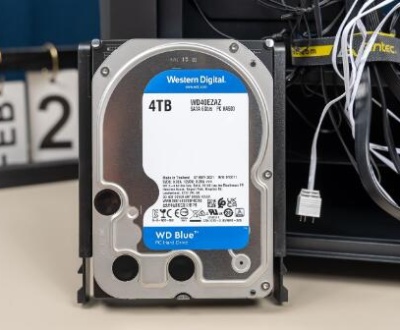Microsoft Teams has become an essential tool for collaboration, especially in remote work environments. While it offers a seamless platform for communication and file sharing, accidental deletions can happen. Fortunately, retrieving deleted files from a Teams folder is possible through various methods.
Microsoft Teams and File Storage
Before diving into recovery methods, it’s crucial to understand how Microsoft Teams stores files. When you upload files to Teams, they are typically stored in SharePoint or OneDrive, depending on whether they are in a team channel or a private chat.

1. Teams File Storage Structure
Team Channels: Files shared in team channels are stored in the associated SharePoint site.
Private Chats: Files shared in one-on-one or group chats are stored in OneDrive for Business.
2. Importance of File Versioning
Both SharePoint and OneDrive offer version history features, which allow you to restore previous versions of files. This is a vital aspect of file management that can aid in recovery.
Methods to Retrieve Deleted Files
Method 1: Recovering Deleted Files from the Teams Interface
If you accidentally delete a file from Teams, it may be recoverable directly from the Teams interface.
Steps:
Open Microsoft Teams: Launch the Teams application on your desktop or access it via a web browser.
Navigate to the Channel: Go to the specific team and channel where the file was stored.
Click on “Files” Tab: At the top of the channel, click on the “Files” tab.
Open the SharePoint Site:
Click on the “Open in SharePoint” link, usually located at the top right of the file list.
This will redirect you to the SharePoint site where the files are stored.
Access the Recycle Bin:
On the SharePoint site, locate the left-hand navigation pane and click on “Recycle Bin.”
Here, you will find files that have been deleted within the last 93 days.
Select the Files to Restore:
Browse through the list and select the files you want to recover.
Click the “Restore” button to return them to their original location.
Method 2: Using OneDrive for Business
If the deleted file was shared in a private chat, it’s stored in your OneDrive.
Steps:
Open OneDrive: Access your OneDrive for Business account.
Locate the Recycle Bin:
Click on the “Recycle bin” link in the left sidebar.
This section contains files deleted within the past 30 days.
Recover the File:
Select the files you want to recover.
Click on the “Restore” button to bring them back.
Method 3: Restoring Previous Versions
If the file exists but you need a previous version, you can use the version history feature in SharePoint or OneDrive.
Steps:
Access the File: Navigate to the file in SharePoint or OneDrive.
Open Version History:
Right-click on the file and select “Version history.”
A list of previous versions will be displayed.
Select the Version:
Click on the version you want to restore.
You can view it to confirm it’s the correct version.
Restore the Version:
Click the “Restore” button to overwrite the current file with the selected version.
Method 4: Using Microsoft Support
If you cannot recover the deleted file through the above methods, you may need to contact Microsoft Support.
Steps:
Gather Information: Collect relevant details about the deleted file, including:
File name
Date of deletion
Location (Teams, SharePoint, or OneDrive)
Contact Support: Visit the Microsoft Support website or use the in-app support feature in Teams to submit a request.
Follow Instructions: Microsoft Support may provide specific instructions based on your account type and issue.
Tips for Preventing Future Data Loss
Regular Backups: Regularly back up important files to an external drive or cloud service.
Educate Team Members: Conduct training sessions to educate team members about file management and recovery procedures.
Utilize Version History: Encourage using version history to manage document changes effectively.
Enable Multi-Factor Authentication: Implement security measures to protect against unauthorized access.
Use a Third-Party Backup Solution: Consider using third-party backup solutions specifically designed for Microsoft 365 environments.
About us and this blog
Panda Assistant is built on the latest data recovery algorithms, ensuring that no file is too damaged, too lost, or too corrupted to be recovered.
Request a free quote
We believe that data recovery shouldn’t be a daunting task. That’s why we’ve designed Panda Assistant to be as easy to use as it is powerful. With a few clicks, you can initiate a scan, preview recoverable files, and restore your data all within a matter of minutes.
Subscribe to our newsletter!
More from our blog
See all postsRecent Posts
- How to recover deleted voicemail samsung? 2025-04-22
- Samsung portable ssd t5 online recovery 2025-04-22
- Fix western digital external hard drive 2025-04-22

 Try lt Free
Try lt Free Recovery success rate of up to
Recovery success rate of up to









